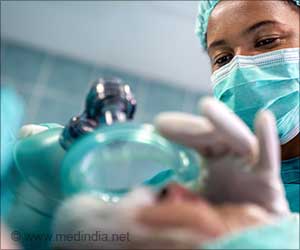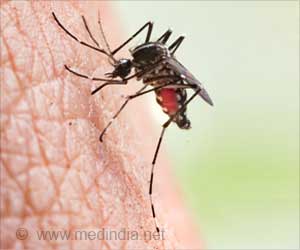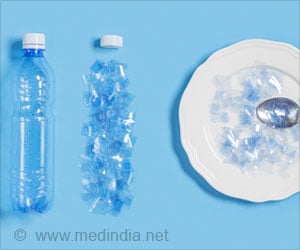Lime-amended BioClay (LaBC) improves soil water holding capacity and uses readily available materials to create a sustainable and cost effective alternative to commercial fertiliser.

Project leader Tom Long says Western Australian plants often have problems surviving their first drought because not enough of the winter rain infiltrates the ground to make it to the root system.
“Our target is to modify the top 100mm of sand into a sandy loam to increase its water holding capacity and break water repellence,” Mr Long says.
“It's difficult trying to get anything to [survive] an initial year of drought and to get the roots established you really need to have something that holds onto the water longer into the shoulder season but also takes advantage of the out-of-season rainfall that we're getting.”
The product combines a two-to-one ratio of solid waste and Cockburn builder's lime. The lime's calcium oxide converts the nitrogen in the biosolids to ammonia and the phosphorous to calcium phosphate which acts as a slow release fertiliser.
This is then mixed with 1.5 times its weight in clay which the ammonia is absorbed into.
Advertisement
“One of the beauties of this is that it raises the carrying capacity of the soil,” he says.
Advertisement
Mr Long also notes that LaBC or even just lime treatment could be used to combat the spread of dieback either with direct application to affected areas or to create barriers to further infection.
Source-Medindia






